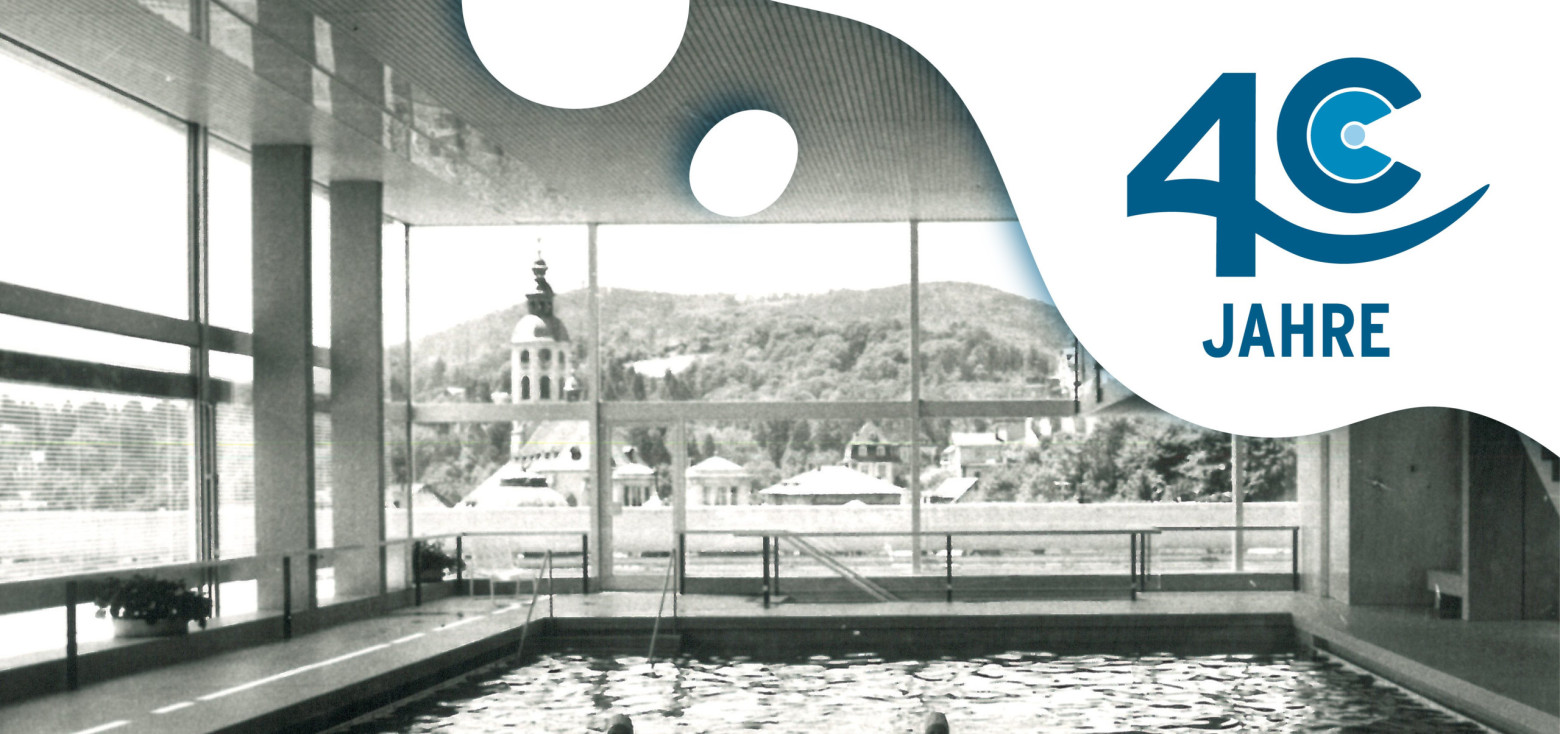
When Baden-Baden faced the threat of a ban on gambling in 1872, the town turned to its original strength: its healing thermal waters. During this time of upheaval, a new era of spa culture began - magnificent, innovative and with European splendour.
It all began with the Friedrichsbad, which was built between 1869 and 1877 in the historic spa district. Inspired by Roman-Irish bathing forms and designed in the style of the Italian High Renaissance, it was soon regarded as the most beautiful bathhouse in Europe. With its impressive architecture and state-of-the-art technology, it attracted visitors from all over Europe - so many that it had already reached its capacity limits by the early 1880s. The response to this was not long in coming: between 1890 and 1893, the Kaiserin-Augusta-Bad was built right next to the Friedrichsbad, directly above the Roman bath ruins - an architectural masterpiece by Josef Durm, directly above the steaming springs that were already being used in Roman times . The facility, a women-only bath, was connected to the Friedrichsbad via an underground passageway , which was henceforth reserved for gentlemen.
Luxury and attention to detail set the tone: Walls of colourful faience and majolica, floors of ornate mosaics and terrazzo, bathtubs of fine Carrara marble - a place that pampered body and soul. The spacious interiors were characterised by vaulted ceilings and figurative murals, with light falling through ornate skylights onto glistening water surfaces. The spa cost an impressive 810,000 marks at the time - an expression of royal appreciation for the well-being of the guests. The namesake was none other than Empress Augusta, mother-in-law of Grand Duke Friedrich von Baden. She was a loyal regular guest of Baden-Baden for decades and became a symbolic figure for the town's spa industry. The baths were ceremoniously opened in her honour at as the "Augustabad".
However, the history of the magnificent women's baths ended early: the building fell into disrepair as early as the 1930s and was finally demolished in 1963. Some of the valuable furnishings were saved and reused. A few metres to the north-east, a modern successor building - the Kurmittelhaus, later known as the new Augustabad - was to be built in the following years . A seven-storey cube in reinforced concrete skeleton construction with a glass façade and an exercise pool on the top floor with breathtaking views over the rooftops of Baden-Baden. A green area at the site of the Kaiserin-Augusta-Bad was intended to connect the old and new bathing centre - Friedrichsbad and Kurmittelhaus. Today, a historical figure on Römerplatz is a reminder of the former location of the Augusta baths.
However, to the regret of the baths and spa administration, the New Augusta Baths were not well received by the public. In the 1970s, various plans were made for a new thermal spa that could compete with current leisure pools. According to the plans by Freiburg architect Hans-Dieter Hecker, the new Augustabad was finally integrated into the construction project between 1983 and 1985 and its top storeys were dismantled. Next to it, a bathing hall was built as a round building supported by white reinforced concrete columns with an adjoining round outdoor pool and open sunbathing area, today's Caracalla Spa.